
This strategy aims to achieve the following objectives:
The following is a list of all conten labeled as "Botswana"

This strategy aims to achieve the following objectives:
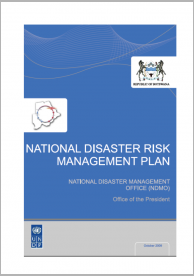
The National Disaster Risk Management Plan (NDRMP) will be the basis to establish policies, strategies and procedures that will guide all levels of society in disaster preparedness, response and risk reduction.
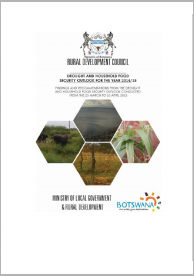
The Drought and Household Food Security assessment for 2014/15 was undertaken from 23 March to 10 April 2015. This exercise is conducted annually to complement early-warning reports compiled on a routine basis by the various Government Departments and Ministries.

The progress report assesses current national strategic priorities with regard to the implementation of disaster risk reduction actions and establishes baselines on levels of progress achieved with respect to the implementation of the HFA's five priorities for action.
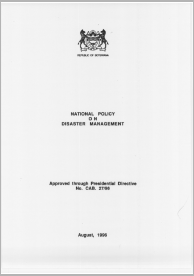
This report presents Botswana’s disaster risks and natural hazards, such as flood, drought and wildfire, and discusses the country’s institutional and legal framework for disaster reduction.

The progress report assesses current national strategic priorities with regard to the implementation of disaster risk reduction actions and establishes baselines on levels of progress achieved with respect to the implementation of the HFA's five priorities for action.
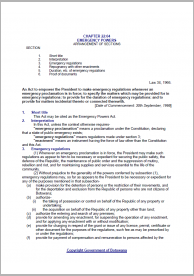
An Act to empower the President to make emergency regulations whenever an emergency proclamation is in force; to specify the matters which may be provided for in emergency regulations; to provide for the duration of emergency regulations; and to provide for matters incidental thereto or connected therewith.
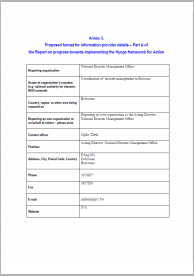
This report provides a short overview of progress toward implementing the Hyogo Framework for Action highlighting:

Botswana country report submitted to the African regional consultation on disaster reduction workshop, June 2-3 Midrand, South Africa.
The number of severely food insecure people in Southern Africa rose to an estimated 9.6 million at the start of the lean season (October 2018 to April 2019), due to an increase of 1.1 million people in Malawi.